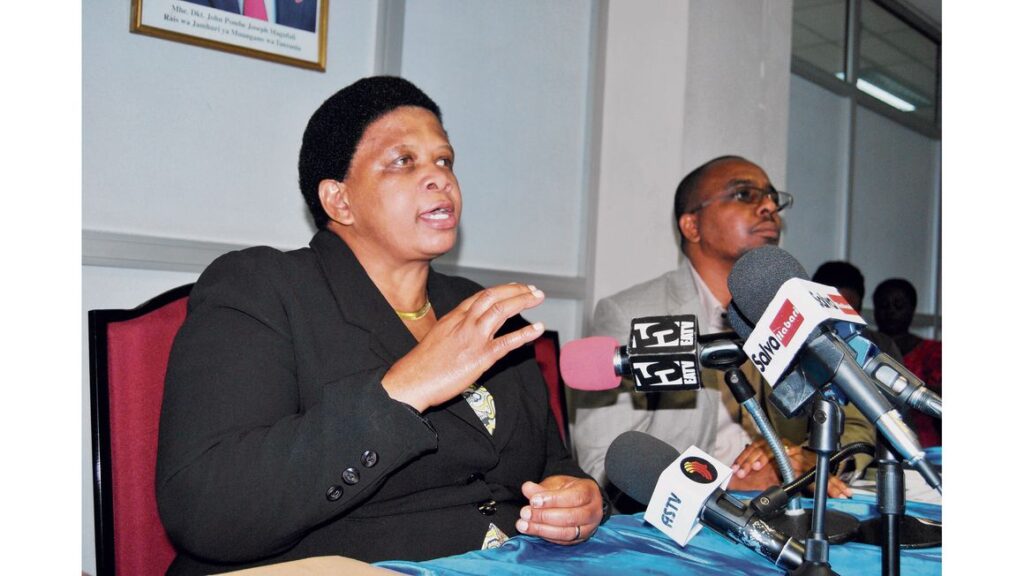

Summary
Currently, Tanzania and a number of other African countries use of second generation satellites which are not as effective as the third generation ones
Dar es Salaam. The precision of Tanzania’s weather forecasts will significantly improve starting next year as a European organisation plans to install third generation satellites in the country and in several other African countries.
The European Organisation for the Exploitation of Meteorological Satellites (Eumetsat) will monitor weather, climate and the environment from space and send the forecasts to Tanzania and other countries, the deputy minister for Works and Transport, Mr Atupele Mwakibete, said in Dar es Salaam yesterday.
Currently, Tanzania and a number of other African countries use of second generation satellites which are not as effective as the third generation ones.
“Third generation satellites can forecast weather better hence benefitting more the country’s farmers and even miners as people will know what comes next and thus decide on the right course of action,” he told participants on the 15th at Eumetsat user forum in Africa.
The forum was aimed at discussing data Eumetsat as a service provider to agree on the ways for improvement of their services in Africa, to get an opportunity to provide their views for resolving the challenges they are facing, and brought representatives from more than 50 African countries.
According to him, third generation satellites would be effective to the country and other African countries if they invest in installation of radars to effectively monitor and predict weather accurately and ensure that early warning information reaches the needy communities timely and, in a cost effective manner. Accurate and timely weather and climate information is key for effective planning of socio-economic activities.
Accurate weather and climate information will also support climate change adaptation and reduction of weather-related disasters.
He made the remarks on behalf of Prime Minister Kassim Majaliwa that Tanzania–like many other African countries and elsewhere across the globe–has witnessed an increase in disasters associated with extreme weather and climate events including floods and droughts, with considerable impacts on human lives, livelihoods and properties.
Mr Mwakibete noted that 2020/2021 floods and droughts were reported to cause damage of infrastructure, destruction of human residences and properties, affecting transportation services, death of livestock and humans at times in some parts of Tanzania thus the third generation would help to avert impacts of such disasters through early warning systems.
Tanzania Meteorological Authority (TMA) director general Agnes Kijazi said that the Eumetsat satellite observation programmes in Africa play a significant role in complementing the work of National Methodological and Hydrological Services (NMHSs) by bridging the data gap in data sparse areas of Africa including Tanzania due to their capability to observe a large area from space.
Satellite imagery and data avails information even at locations where ground observations are not available.
NMHS in Africa including TMA are direct beneficiaries of satellite data and products provided by Eumestat.
